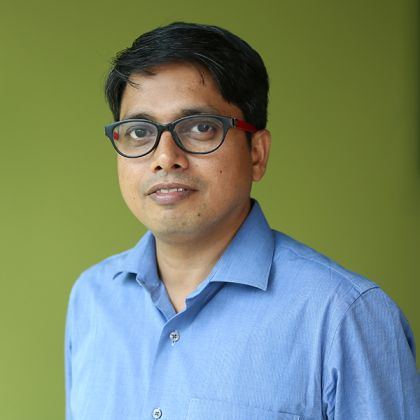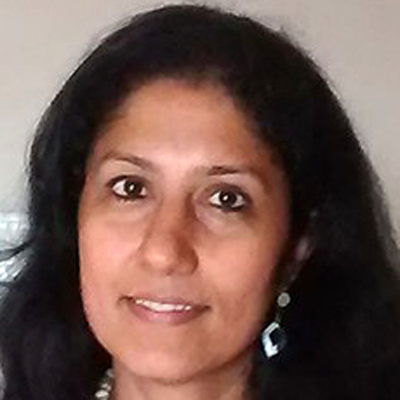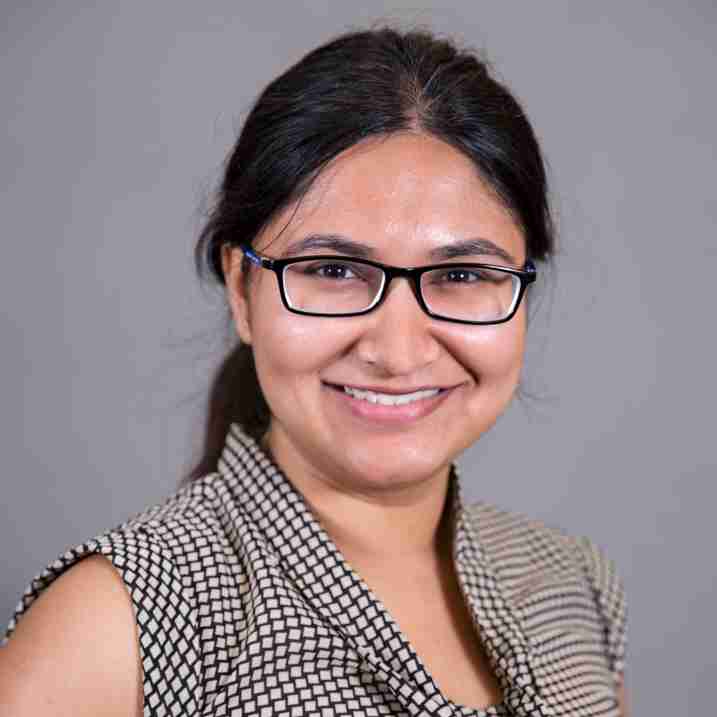Funders and nonprofits in India have strikingly different views on whether grantees receive adequate financial support. At the crux of this issue is the importance of funding for organisational development needs such as leadership building, monitoring, learning, and evaluation, and not just programme costs. While funders say they support both (sometimes selectively), nonprofits say they are not getting what they need and are therefore unable to invest in their growth and resilience.
Robust core functions such as strategic planning, talent development, finance, and fundraising are a nonprofit’s foundation for impact and growth. It also needs adequate reserves (in the form of a corpus) for financial resilience. From this base, nonprofits can make programmes more effective, sustain themselves, and scale over time. Our research last year showed that nonprofits that invested consistently in organisational development grew two times faster than those that did not. Therefore, breaking this impasse between funders and nonprofits could make a big difference.
Our new research on funding the true costs of nonprofits in India finds that in order to build trust between funders and nonprofits and change these practices, there needs to be a better understanding of funders’ motivations. This study is a continuation of the Pay-What-It-Takes (PWIT) India Initiative—a collaboration between The Bridgespan Group and ATE Chandra Foundation, Children’s Investment Fund Foundation, EdelGive Foundation, and Ford Foundation—which aims to build a stronger and more resilient social sector in India.
To shed light on funders’ thinking with our new research, we conducted a survey of 77 funders in late 2021 and early 2022, and contrasted the results with a survey of 388 nonprofits that we had conducted a year earlier. We supplemented the funders’ survey responses with 53 interviews and participated in funder round-table discussions and workshops to gather additional input.
The results give voice to a funder perspective that differs in important ways from that of nonprofit leaders, strongly suggesting the need to improve communication and trust-building between them.

In our most recent survey, 75 percent of funders said they invest in grantees’ institutional growth and sustainability. Yet, last year, 70 percent of the 388 nonprofits surveyed said that most funders do not support these needs. Additionally, 68 percent of funders believe their policies allow for flexible financing of expenses for administrative and support functions that are not tied to a specific programme. In contrast, 83 percent of nonprofits say they struggle to secure such funding.
Organisations serving the most marginalised communities in India are themselves often financially marginalised
The funder survey also found that only a few funders help nonprofits build financial reserves, with only seven of the 77 respondents providing support. Without cash on hand, nonprofits cannot pay salaries or bills when faced with an unexpected funding shortfall, nor are they able to cover the cost of research and innovation to invest in their futures. Additionally, our research last year found that organisations with Dalit, Bahujan, and Adivasi leaders are financially worse off than other nonprofits in India. As a result, organisations serving the most marginalised communities in India are themselves often financially marginalised.
A nonprofit’s true cost of operations includes organisational development, indirect costs, and reserves. However, most funders focus on putting money into grantees’ programmes. According to them, nonprofits are not adequately explaining why they need more for non-programmatic expenses. Half of the funder survey respondents said that nonprofits do not share accurate cost structures and organisational development needs. Moreover, 50 percent of the funder survey respondents believed that nonprofits themselves don’t understand the benefits of investing in organisational development and don’t spend sufficient time on the topic.
“Nonprofits may need to do more homework,” said Rohini Nilekani, chair of Rohini Nilekani Philanthropies. “They can sometimes initially be fuzzy about what they need,’’ she added. Nonetheless, funders can—and should—take the lead in helping nonprofits articulate their true funding needs, she continued. “We need to help nonprofits tell the story of why they need organisational development and how they can make an argument at the strategic level versus the generosity level.”
On their part, many nonprofits would welcome funder support in telling their stories. Nonprofit leaders trace their lack of comprehensive answers to a lack of funding. They note the paradoxical situation they are in—they do not have the staff, evaluation skills, and financial resources needed to make the case for more organisational development, indirect costs, and reserves.
How to pitch your true-cost needs to different funders
When funders open the door to these conversations, nonprofits will benefit from tailoring their pitches to the specific mindset and practices of potential funders. When we examined funders’ responses to our survey questions, we found they coalesced into three distinct archetypes. These archetypes help to explain the different barriers to funding true costs with regard to funders. Understanding their mindset can help guide conversations between funders and nonprofits, considering what they ask for as well as how to ask for it. Here are some true-cost communication tips and promising practices from nonprofits and funders to do this successfully.
1. Pitching to programme proponents
This type of funder is of the mindset that programme support is the best use of their limited resources. They currently limit what they spend on indirect costs to a fixed rate, generally between 5 percent and 15 percent—less than half of what nonprofits actually need.
Nonprofits can approach these funders primarily for programme support, but explicitly seek allowable indirect and organisational development expenses. Over time, they can make a case for how these costs support programme success and sustainability, and communicate what their true costs are. For example, nonprofits can explain how investing in organisational culture and management can reduce employee attrition and improve the quality of community experience or other programmatic outcomes, or communicate how investment in technology can facilitate programme reach and future scale. To make their case, nonprofits can also share benchmarks and programme outcomes from peer funders who have invested in indirect and organisational development costs.
2. Pitching to adaptive funders
The largest group among survey respondents, adaptive funders have predetermined indirect cost rates of between 15 percent and 25 percent, but they aren’t completely rigid in their grantmaking. Some negotiate bespoke rates based on conversations with grantees or fund organisational development based on their relationship with a particular grantee.
Nonprofits can approach these funders for indirect and organisational development costs that are clearly linked to programme and organisational impact. Present a clear assessment, with rationale, of indirect costs and organisational development needs and how these expenses will contribute to long-term, sustainable programmatic and organisational impact.
Organisations can also create a narrative linking the investment to a short-term boost in employee motivation or efficiency and a long-term effect on the organisation’s budget, reserves, and scale or depth of impact.
Another option is to explore targeted funds for specific objectives that can be presented independently or as a part of programmatic grants such as a sustainability fund, knowledge fund, or technology fund. When talking to adaptive funders, it’s also important to cite examples of how other funders and nonprofits have worked together to achieve greater impact after addressing indirect cost and organisational development needs.
3. Pitching to organisation builders
Organisation builders see greater value in financing organisational strength and resilience, in addition to programmes. Indirect cost rates are typically determined with nonprofit leadership and might exceed 25 percent. They also provide specific types of organisational development funding based on the grantee’s priorities. However, even among this group, only a small minority consistently helps nonprofits build their financial reserves.
Nonprofits can approach organisation builders for true costs—programme, indirect, organisational development, and reserves—needed to build a stronger, more resilient organisation. They must pitch for unrestricted grants and targeted funds as needed.
If an organisation needs help with assessing and reporting true costs, it must present its case for funding assistance to engage specialised external support. It’s also important to assess and present outcomes and impact information not just at the programme level but also at the organisation level. Additionally, nonprofits can track and communicate their financial resilience status, including the size of shortfalls in operating surplus or reserves. Finally, it’s important for nonprofits to collaborate with this category of funder to invest in narrating success stories to inspire and influence other funders.
None of this guidance is meant to be rigidly prescriptive and should be adapted to individual contexts and needs. However, knowledge of funder archetypes will facilitate collaborative discussions, laying the groundwork for mutual trust, understanding, and ultimately true-cost funding. Working together as long-term partners, funders and nonprofits can invest in what it takes to build a stronger, more effective, and resilient social sector.
—
Know more
- Listen to this podcast episode on the relationship between philanthropy and power.
- Read more about the Trust Based Philanthropy project.
Do more
- Build out your own organisational development plan using this toolkit created by the PWIT India Initiative along with five intermediaries working in the nonprofit space.
- Connect with the author Pritha Venkatachalam to learn more about her work.







